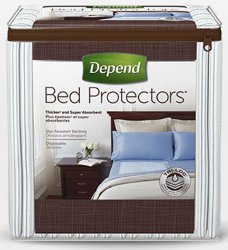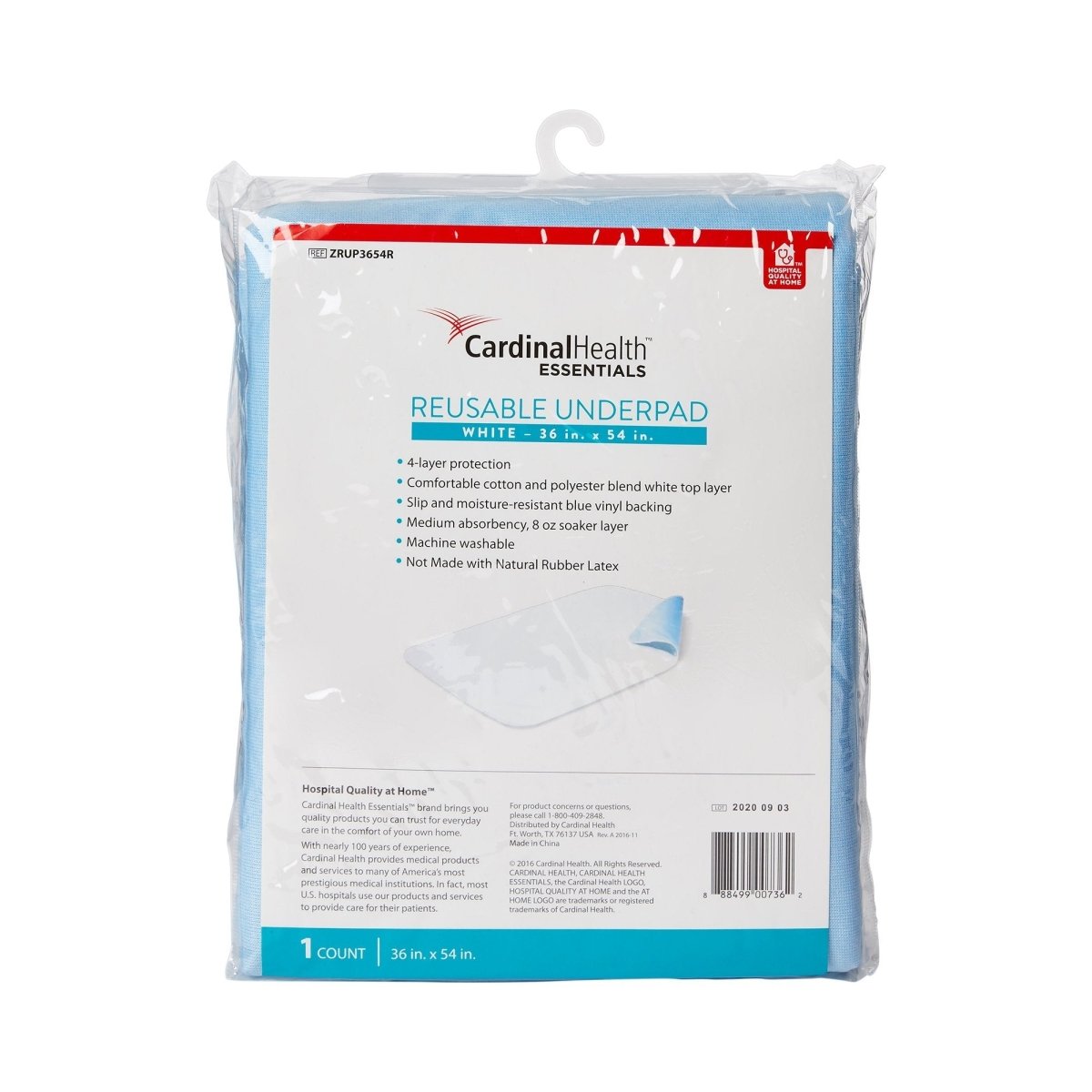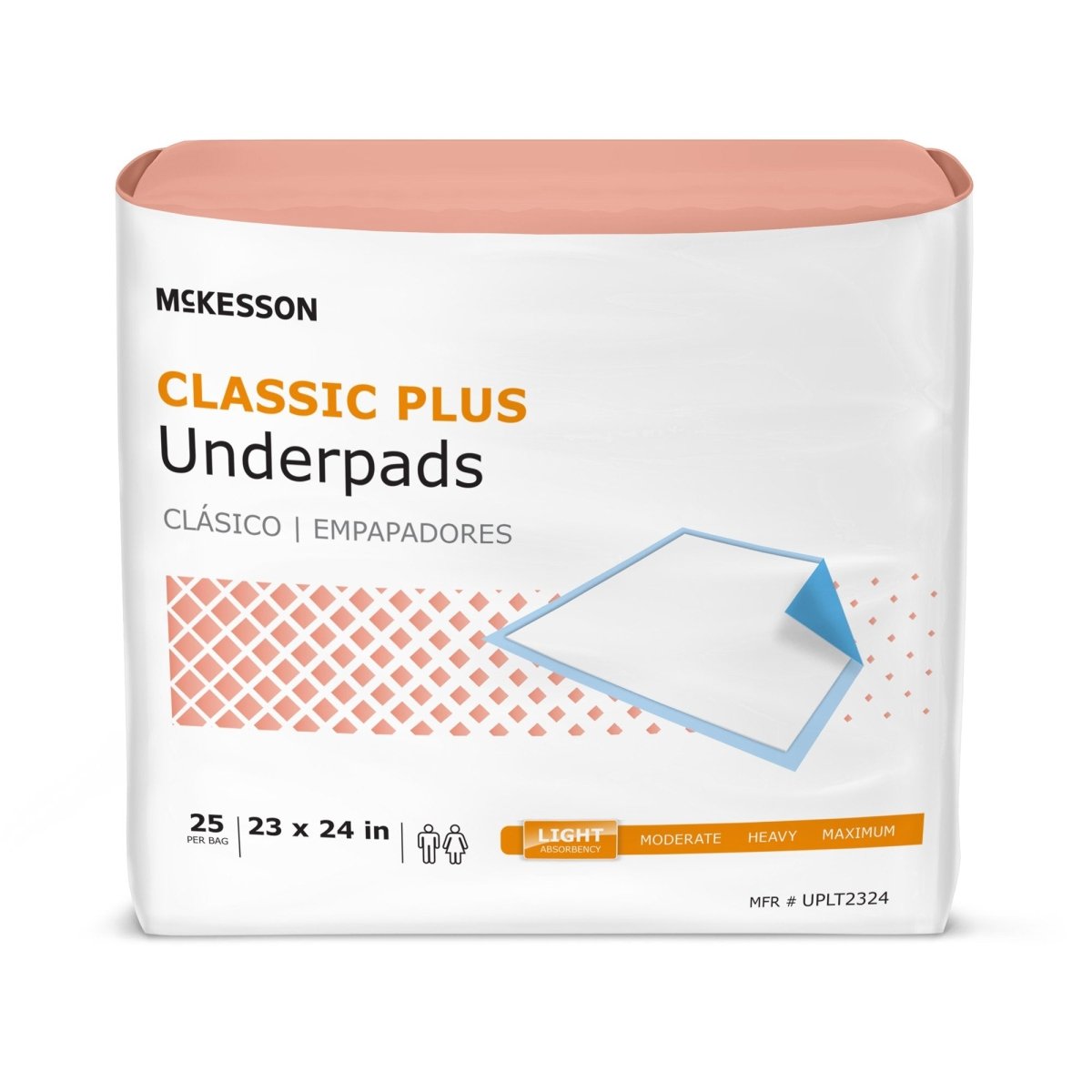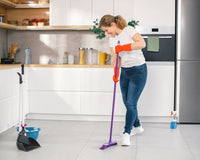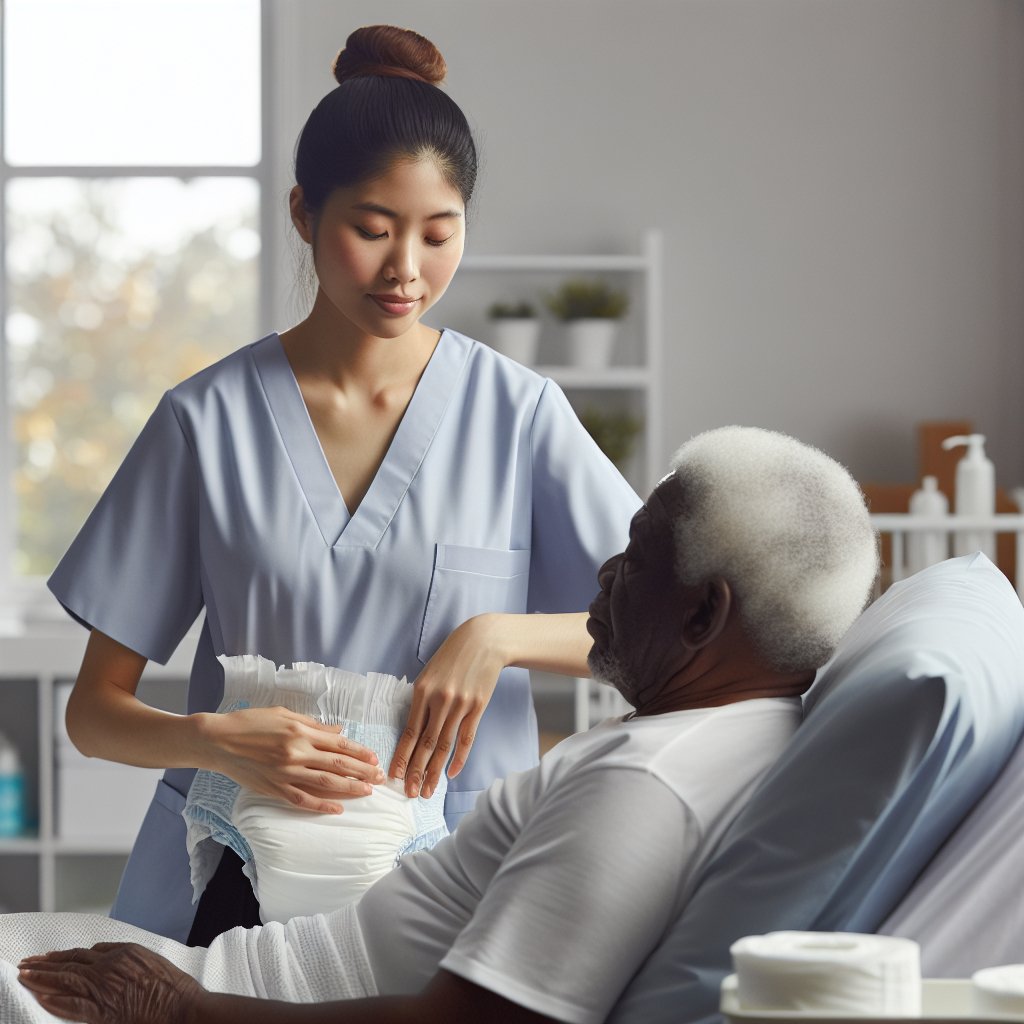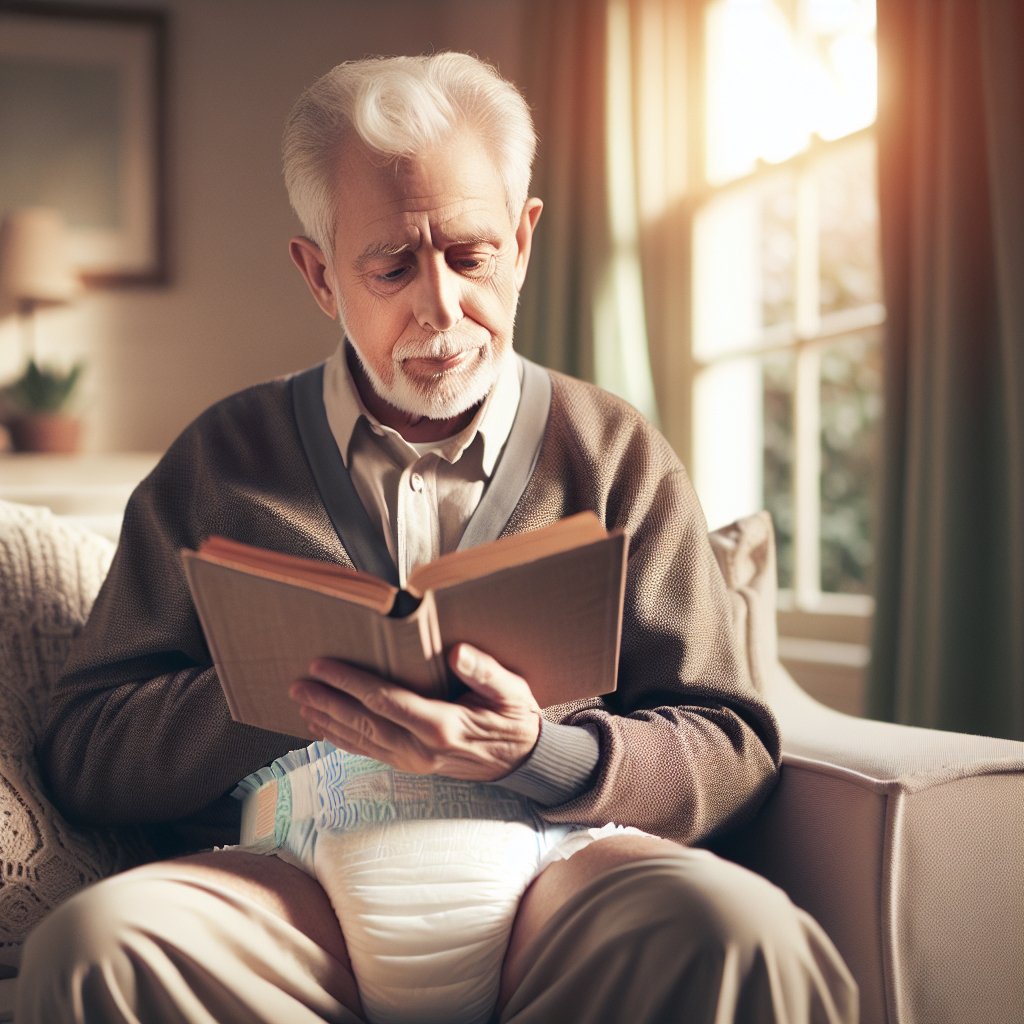Someone who experiences involuntary urination is said to suffer from urinary incontinence. Urinary incontinence, commonly known as overactive bladder, is a prevalent problem among the elderly, especially women. The inability to control one's bladder can be very embarrassing, leading sufferers to avoid participating in everyday activities.
The good news, however, is that it can often be cured or managed.
What physiological processes lead to involuntary urination? The urinary system consists of the kidneys, ureters, and urethra, in addition to the hollow organ known as the bladder, which is located in the lower abdomen. Muscles in the bladder contract to force pee through the narrow urethra. While this is happening, the muscles surrounding the urethra loosen up to allow urine to exit the body. Urinary incontinence occurs when the muscles around the bladder are weak or overworked, causing the bladder to leak urine.
Urinary tract infections, vaginal infections or irritations, and constipation are all potential causes of incontinence. Some drugs may also temporarily impair your ability to control your bladder. Long-term incontinence could result from any of the following:
- Muscle weakness in the pelvic floor or bladder, as mentioned before.
- Spasming urethra and bladder muscles.
- The inability to urinate is a result of damage to the nerves that control bladder function, as seen in MS, diabetes, and Parkinson's disease.
The Various Types of Incontinence
When the bladder is under stress, such as when exercising, coughing, sneezing, laughing, or lifting large objects, pee leakage can occur. This is the most prevalent form of incontinence among women of childbearing and middle age. It may also start much later, around the menopause stage.
Small volumes of pee escape out of a full bladder, causing incontinence, known as overflow. If the prostate is too big and pressing on the urethra, a man may have problems passing urine. Conditions like diabetes or a spinal cord injury may also bring on such incontinence.
Many seniors experience functional incontinence despite having typical bladder control. Arthritis or other mobility-limiting conditions just make it difficult for them to get to the restroom fast.
Managing and Treating Urinary Incontinence
There are now more options than ever before for treating and managing urinary incontinence. Treatment options for loss of bladder control vary according to the severity of the condition, individual preferences, and lifestyle. As a rule, the quickest and least risky treatments should be tried first.
That said, you may be able to regain bladder control by using a combination of treatments. The following are some treatments your doctor may recommend:
-
Bladder Control Training
Kegel exercises targeting the pelvic floor can help you control your bladder better and stop embarrassing accidents. Find out what you can do to strengthen your pelvic floor.
Suppressing the need to urinate when you feel it coming on can help you get to the toilet in time. Taking deep, soothing breaths, staying motionless, and squeezing the pelvic floor muscles are all good strategies for diverting your attention away from the urge to urinate.
By planning when you'll go to the bathroom, timed voiding can help you keep your bladder under control. The time you urinate can be scheduled, for instance. You'll be able to go longer without having to stop for bathroom breaks as time goes on.
-
Medical Treatments
A doctor may recommend a tablet, drink, or patch to aid with bladder control issues. Take note there is some evidence that the use of certain drugs for overactive bladder may increase the risk of cognitive impairment in persons over the age of 65. If you feel medicine is necessary, discuss your options with your doctor.
Urge or stress incontinence may be alleviated with the use of vaginal estrogen cream. Direct application of low-dose estrogen cream to the genital and urethral mucosa has been shown to have positive effects.
The bladder opening can be sealed with the use of a bulking agent. The urethra region can be augmented with medically-administered injections of a bulking gel or paste. Repeated sessions may be necessary, but this is a proven method for alleviating stress incontinence.
A catheter, which removes urine from the bladder, a urethral implant, which helps prevent leaking, and a vaginal pessary ring, which applies pressure to the vaginal opening, can also be used to manage urinary incontinence.
Conclusion
There are many types of urinary incontinence, and each type has different causes and treatments. The most important thing is to see a doctor to find out what is causing your incontinence so that you can get the right treatment immediately.
Take note of all our pointers above and save yourself from any leaky incidents in the foreseeable future.
If you are looking for a great source of high-quality medical supplies online, including those for incontinence, look no further than our product selections here at Cart Health. We are here to make it easier for you to find the products you need at prices you can afford, providing custom-tailored product suggestions to help you live your life. Check out our “Shop All” section for a complete list of all our medical care products and their prices.


